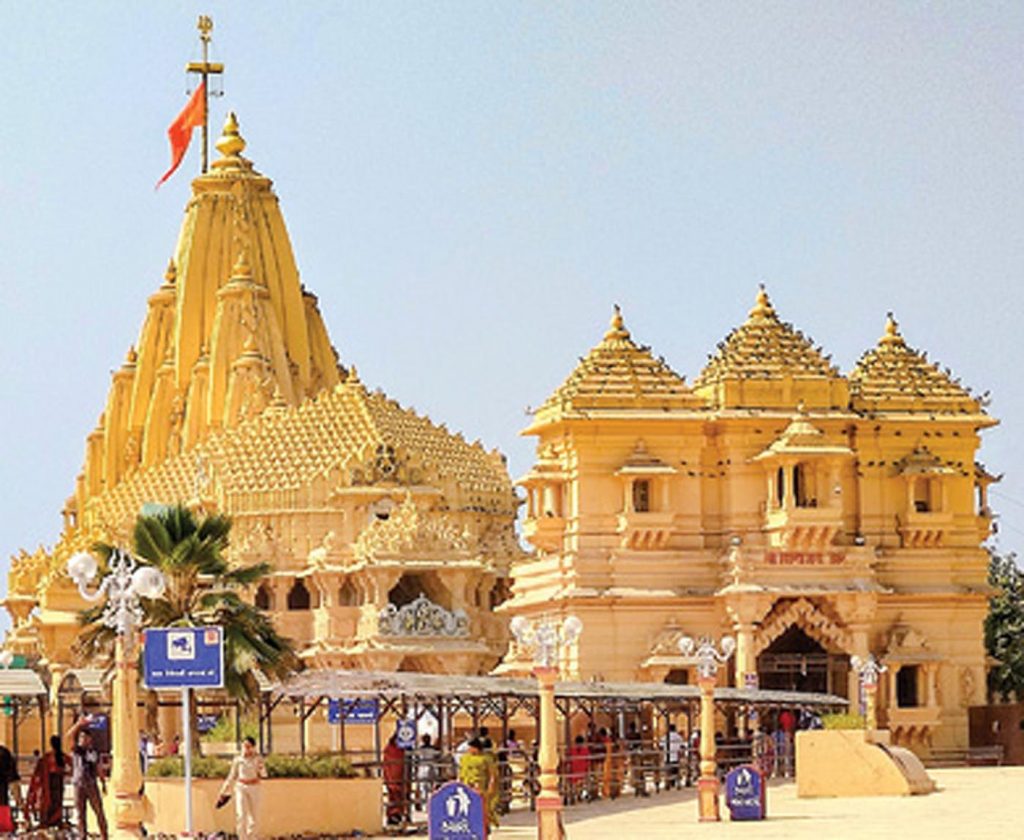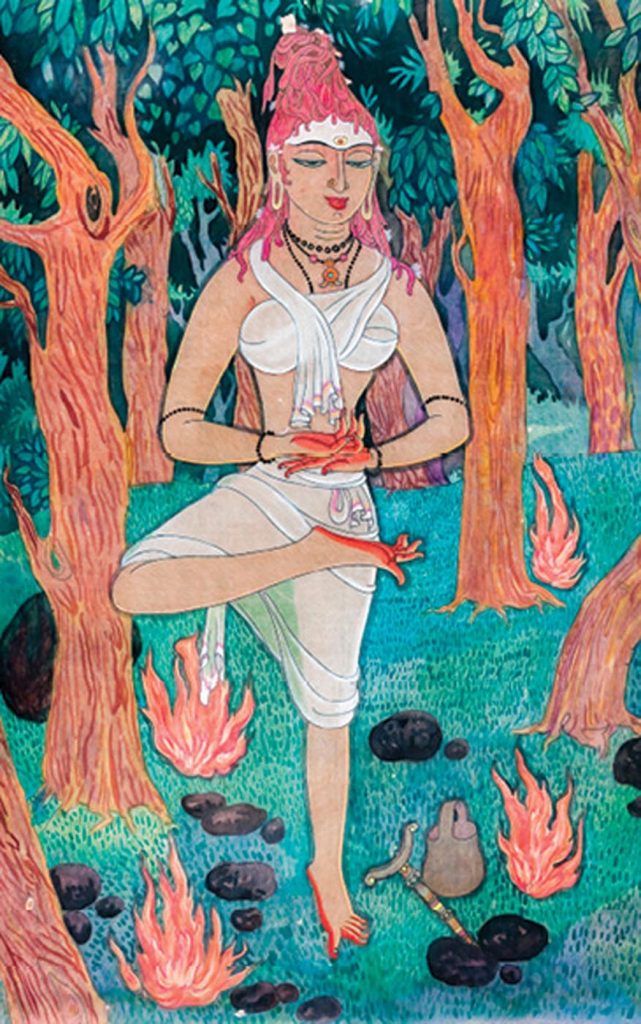“Correcting oneself is correcting the whole world.”
Ramana Maharshi (1879-1950)
It is always good to endure injuries done to you, but to forget them is even better. Tirukural 152
First let us become gods and then help others to become gods. “Be and make.” Let this be our motto. Swami Vivekananda (1863-1902)
When an inner situation is not made conscious, it appears outside as fate. Carl Jung (1875-1961), Swiss psychiatrist who founded analytical psychology
Hinduism gave itself no name, because it set itself no sectarian limits; it claimed no universal adhesion, asserted no sole infallible dogma, set up no single narrow path or gate of salvation; it was less a creed or cult than a continuously enlarging tradition of the Godward endeavor of the human spirit. An immense, many-sided and many-staged provision for a spiritual self-building and self-finding, it had some right to speak of itself by the only name it knew, the eternal religion, Sanatana Dharma. Sri Aurobindo (1872-1950)
Your task is not to seek for love, but merely to seek and find all the barriers within yourself that you have built against it. Rumi (1207-1273), Sufi mystic and poet
Draw on God for the solution of all your problems. Paramahansa Yogananda (1893-1952)
Everything is perfect, with much room for improvement. Shunryu Suzuki-roshi (1905-1971), Japanese Soto Zen master
There are three things that are real: God, human folly and laughter. The first two are beyond our comprehension, so we must do what we can with the third. The Ramayana
The Darkness which is the basis of light is the real Light. Jillellamudi Amma (1923-1985), South Indian spiritual teacher
The most beautiful thing we can experience is the mysterious. It is the source of all true art and science. Albert Einstein (1879-1955)
As long as you imagine yourself to be something tangible and solid, a thing among things, you seem short-lived and vulnerable, and of course you will feel anxious to survive. But when you know yourself to be beyond space and time, you will be afraid no longer. Nisargadatta Maharaj (1897-1981), a guru of the Inchagiri Sampradaya
Important things are not things. Swami Tejomayananda, former head of Chinmaya Mission
Empty yourself of everything. Let the mind rest at peace. The ten thousand things rise and fall while the Self watches their return. They grow and flourish and then return to the source. Returning to the source is stillness, which is the way of nature. Lao Tzu (ca 600 bce), author of Tao Te Ching
Only one thing to learn in life: You must think of yourself the way God thinks of you—as another God. Sri Chinmoy (1931-2017)
Keep away from people who try to belittle your ambitions. Small people always do that, but the really great make you feel that you, too, can become great. Mark Twain (1835-1910), American author
The greatest service one can do for people is to help them experience God. Swami Omkarananda (1930-2000), founder of Omkarananda Ashram, Rishikesh
God can be discovered only by God. Siva Yogaswami (1872-1964), renowned Sri Lankan mystic
Like treasure hidden in the ground, like flavor in the fruit, like gold in the rock, and oil in the seed, the Absolute is hidden in the heart. Akka Mahadevi, twelfth-century Vira Saiva saint
Dignity does not consist in possessing honors, but in deserving them. Aristotle (384-322bce), Greek philosopher
Patience ferries you across to the distant goal. Shirdi Sai Baba (1838-1918), Indian guru and saint
No matter where one is on the path, spiritual advancement comes from learning from one’s mistakes in life. Satguru Bodhinatha Veylanswami, publisher of Hinduism Today
We neither fear death nor look forward to it, but revere it as a most exalted experience. Life, death and the afterlife are all part of our path to perfect oneness with God. Satguru Sivaya Subramuniyaswami (1927-2001), founder of Hinduism Today
Did you know?


Considered to be the foremost of the twelve Jyothirlingam shrines to Lord Siva, Somnath Temple in Veraval, Gujarat, has been a place of worship and pilgrimage since ancient times. In an earlier form, this temple is said to have been tended by 1,000-2,000 priests and to have had over 100,000 pilgrims on auspicious occasions, with even more visiting for major festivals. The temple was also known far and wide to house a miraculous floating murti at its center. Over uncounted years the temple amassed unimaginable wealth as an offering to God. As such, it became a marked prize for those seeking to conquer.
Drawing from firsthand accounts during Mahmud of Ghazni’s ruthless invasion in 1025 ce, several Persian historians scribed tidbits of this mark on history. Following a lengthy and bloody battle and more than fifty thousand deaths, Mahmud and his men reached the temple’s sanctum. Those with him described glimpses of the temple’s majesty. It had a high roof, supported by 56 pillars with ornate carvings everywhere. From the ceiling hung a bell suspended on a massive chain made from thousands of pounds of gold. Hanging above the central murti was the only source of light—a great lamp which fully illumined the temple’s corridors by its reflections off the gem-encrusted walls.
This account of their reaching the temple’s floating murti comes from the Persian geographer Kazvini: “When the king asked his companions what they had to say about the marvel of the idol, and of its staying in the air without prop or support, several maintained that it was upheld by some hidden structure. The king directed a person to go and feel all around and above and below it with a spear, which he did, but met with no obstacle. One of the attendants postulated that the canopy was made of lode-stone, and the idol of iron, and that the ingenious builder had skillfully contrived that the magnet should not exercise a greater force on any one side. Some inclined toward this explanation, others differed from it. Permission was obtained from the Sultan to remove some stones from the top of the canopy. When two stones were removed from the summit, the idol swerved on one side; when more were taken away, it inclined still further, until at last it rested on the ground.” They would go on to destroy both the murti and the awe-inspiring temple that housed it.
Today, in its current reconstructed form, Somnath still thrives as a center for pilgrims worldwide. Despite repeatedly losing its wealth to invading forces, it endures as an epicenter of Hindu devotion and divinity.
Basics
The Four Stages on the Path


The path of enlightenment is divided naturally into four stages: charya, virtue and selfless service; kriya, worshipful sadhanas; yoga, meditation under a guru’s guidance; and jnana, the wisdom state of the realized soul. Charya, kriya, yoga and jnana are the sequence of the soul’s evolutionary process, much like the natural development of a butterfly from egg to caterpillar, from caterpillar to pupa, and then the final metamorphosis to butterfly. These are four padas, or stages, through which each human soul must pass in many births to attain its final goal. Before entering these spiritual stages, the soul is immersed in the lower nature, the way of the ego, a self-centered path, bound in fear and lust, hurtful rage, jealousy, confusion, selfishness, consciencelessness and malice. Then it awakens into charya, unselfish religious service, or karma yoga. Once matured in charya, it enters kriya, devotion or bhakti yoga, and finally blossoms into kundalini yoga. Jnana is the state of enlightened wisdom reached toward the path’s end as a result of Self Realization.
The four padas are not alternative ways, but progressive, cumulative phases of a one path, San Marga. The Tirumantiram says, “Being the Life of life is jnana worship. Beholding the Light of life is yoga worship. Giving life by invocation is external worship. Adoration that displaces anger is charya worship.”


